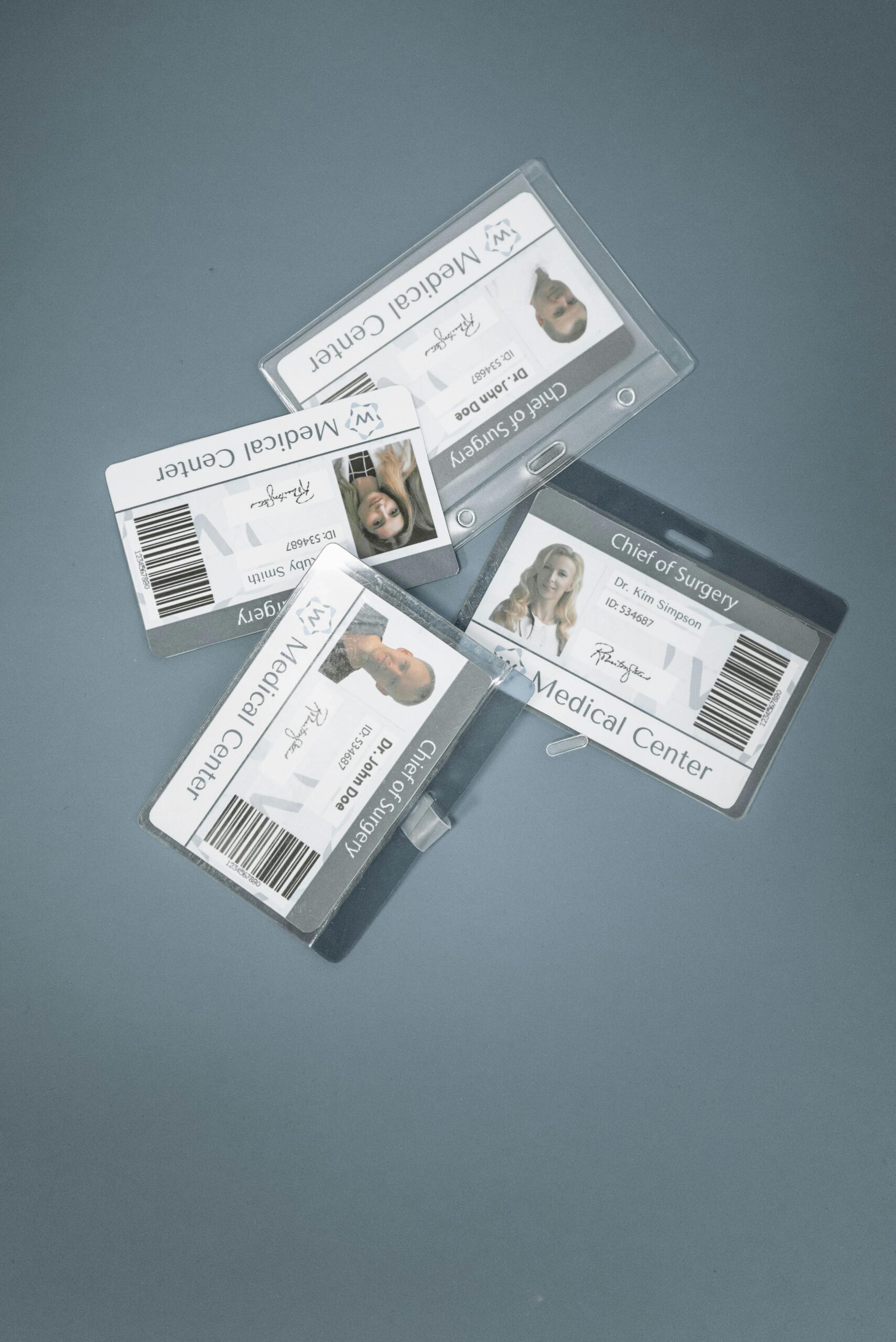Discover the Best Medical ID Bracelets for Everyday Safety
Medical ID bracelets are a small investment with a big impact. In emergencies, they provide life-saving information instantly, making them essential for anyone with a medical condition, allergy, or special need. This article will walk you through the best medical ID bracelets, explain how they work, and help you choose one that fits your lifestyle, needs, and personal taste.

Understanding the Fundamentals
Medical ID bracelets are wearable items that provide crucial health information to first responders during emergencies. Typically engraved with medical conditions, allergies, or medications, they act as a silent helper when you can’t speak for yourself.
Historically used primarily by individuals with diabetes or epilepsy, today’s bracelets serve a wide range of conditions and are available in many styles—from classic metal to tech-enabled versions. Their importance continues to grow in a world focused on quick, accurate healthcare delivery.
1.1 What is a Medical ID Bracelet?
A medical ID bracelet is a wearable device inscribed with critical medical data. This includes allergies (like penicillin or peanuts), chronic conditions (such as asthma or epilepsy), and emergency contacts. Studies show that wearing one can reduce the risk of medical errors by over 30% in emergency settings.
They are especially helpful during accidents or when someone is unconscious or unable to communicate. A first responder can glance at the bracelet and instantly access vital information, allowing for faster, more accurate care.
1.2 Why Medical ID Bracelets Matter
Unlike apps or digital IDs, these bracelets don’t rely on internet access or battery life. They are immediately visible and universally understood by medical personnel worldwide. This makes them uniquely reliable during crises.
Beyond emergencies, they provide peace of mind to both wearers and their loved ones. Knowing that your health status is visible 24/7 reduces anxiety and supports independent living, especially for children and the elderly.
Practical Implementation Guide
Now that you understand their significance, let’s look at how to incorporate the best medical ID bracelets into your daily routine. With the right strategy, wearing one becomes second nature and part of your personal protection plan.

2.1 Actionable Steps
- Choose the Right Style: Consider material (metal, silicone, leather), design, and comfort. Durable styles work best for active users.
- Engrave Accurate Info: Include your name, primary condition, allergies, medications, and an emergency contact.
- Wear It Consistently: Like a seatbelt, it only works when worn. Keep it on at all times, especially when going out alone.
2.2 Overcoming Challenges
Some people worry about appearance, forget to wear the bracelet, or find them uncomfortable. Here’s how to tackle these common issues:
- Style Concerns: Choose from fashionable designs that look like jewelry or smart bands.
- Forgetfulness: Place it near essentials like your phone or keys as a daily reminder.
- Skin Sensitivity: Opt for hypoallergenic materials such as silicone or stainless steel.
Experts also suggest involving children in choosing their bracelets to increase the likelihood of regular use.
Advanced Applications
Once you’re comfortable with the basics, you can explore advanced options. From tech-integrated models to disease-specific features, these upgrades offer even more tailored safety solutions.

3.1 Smart Medical ID Bracelets
These advanced bracelets use QR codes or NFC chips to store comprehensive health profiles. When scanned, they reveal detailed information far beyond what’s engraved. Case studies show they improve response time by up to 40% in emergencies.
Some models even sync with health apps, tracking vitals and alerting caregivers. They are particularly valuable for individuals with multiple conditions or complex medical histories.
3.2 Customization and Integration
Today’s best medical ID bracelets offer full customization. You can choose multilingual engraving, waterproof features, or bracelets with magnetic clasps for arthritis sufferers.
They also integrate with EHR systems and patient portals, making them useful for coordinated care and long-term monitoring. Compatibility with existing medical systems ensures seamless information flow.
Future Outlook
The medical ID industry is rapidly evolving. Innovations like GPS tracking, voice alerts, and AI health monitoring are on the horizon. Companies are also exploring solar-powered wearables to eliminate charging needs.
In the next 3-5 years, expect widespread adoption of digital health IDs and broader insurance coverage for these devices. Consumers can prepare by staying informed and selecting bracelets that are future-proof and upgradeable.
Conclusion
To recap, the best medical ID bracelets offer life-saving potential, comfort, and style. They provide instant access to medical data, reduce treatment delays, and empower individuals to live confidently with their conditions.
If you or a loved one has a health condition, don’t wait. Choose a bracelet that suits your lifestyle and start wearing it daily. It’s a simple step toward a safer, more secure future.
Frequently Asked Questions
- Q: What is a medical ID bracelet? A wearable device that shares critical health details like allergies or conditions with emergency responders.
- Q: How do I get started? Pick a bracelet style, choose engravable information, and wear it consistently.
- Q: How much time does it take to set up? Most bracelets are ready in under a week, including custom engraving and delivery.
- Q: How much do they cost? Prices range from $20 to $100+, depending on material, features, and customization.
- Q: Are they better than medical alert apps? Both have advantages, but bracelets don’t rely on phones or batteries, making them more reliable in emergencies.
- Q: Are they hard to use? Not at all. Most are as easy to wear as a watch and don’t require maintenance.
- Q: Are there industry-specific versions? Yes, healthcare workers, children, and athletes can all find tailored options suited to their needs.
